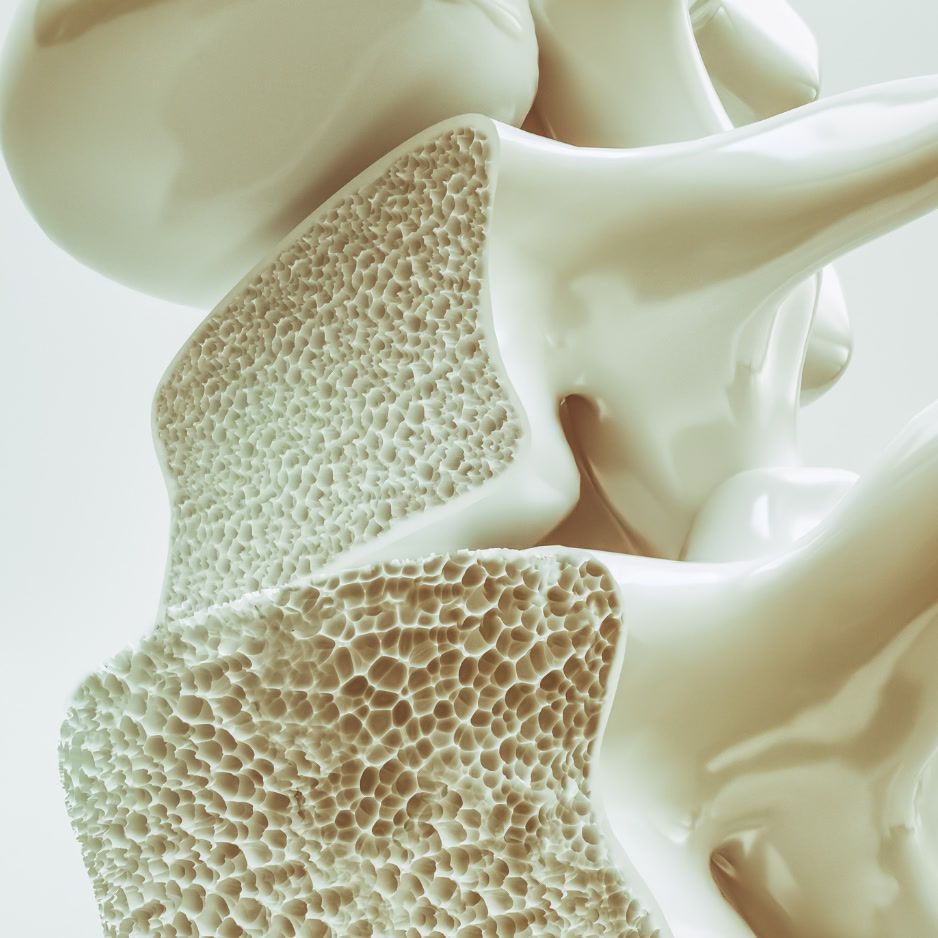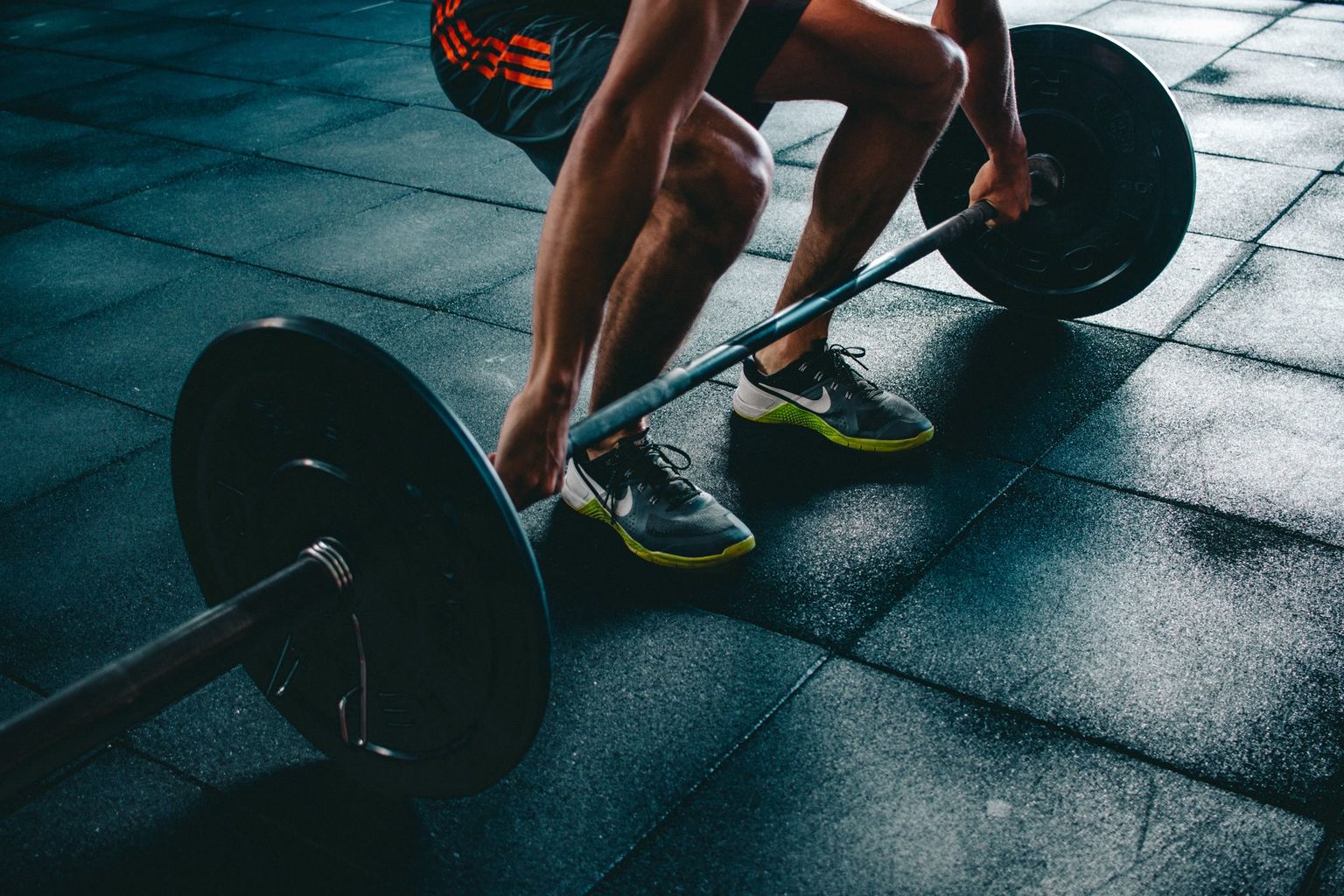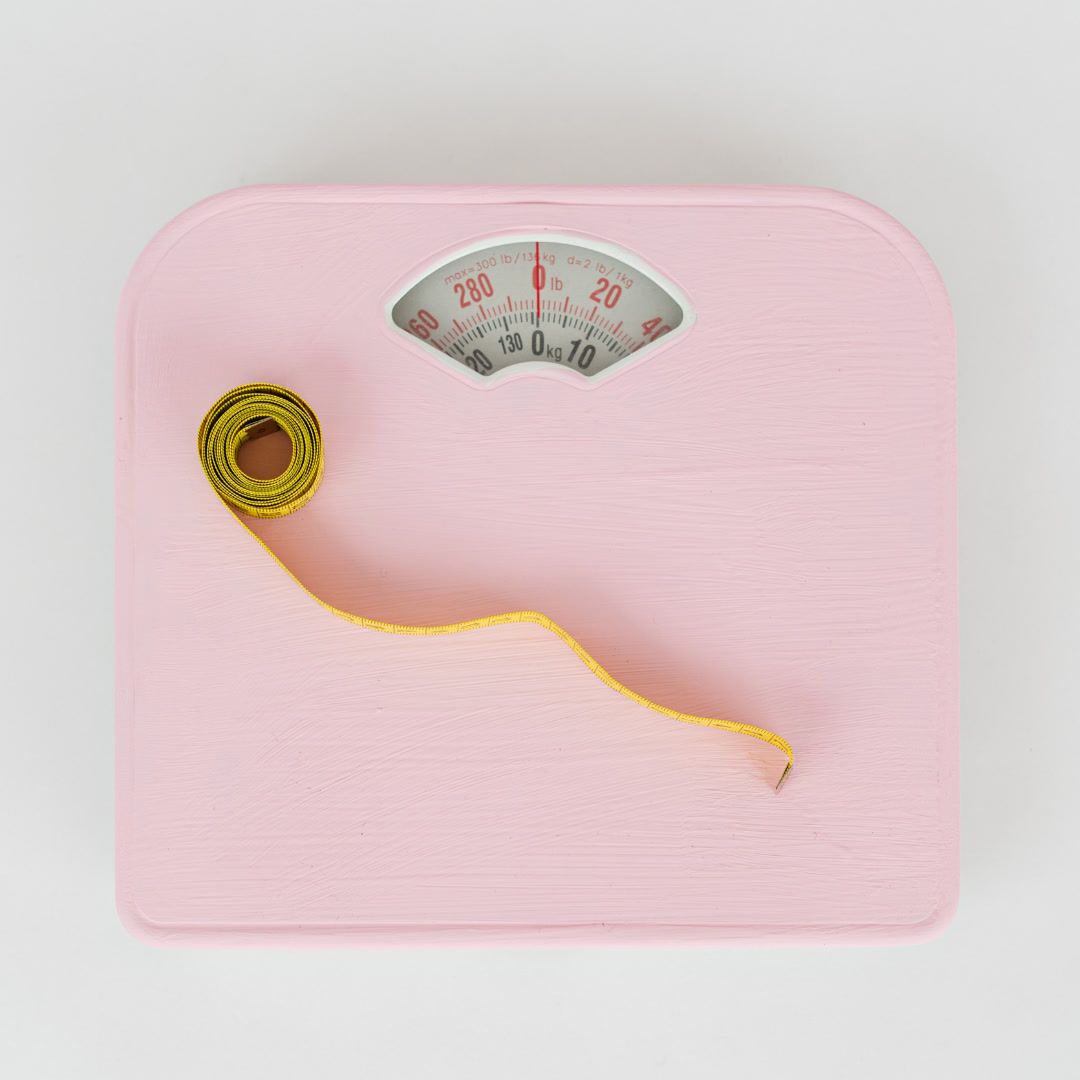The Ultimate Beginner’s Guide to Steel Mace Training
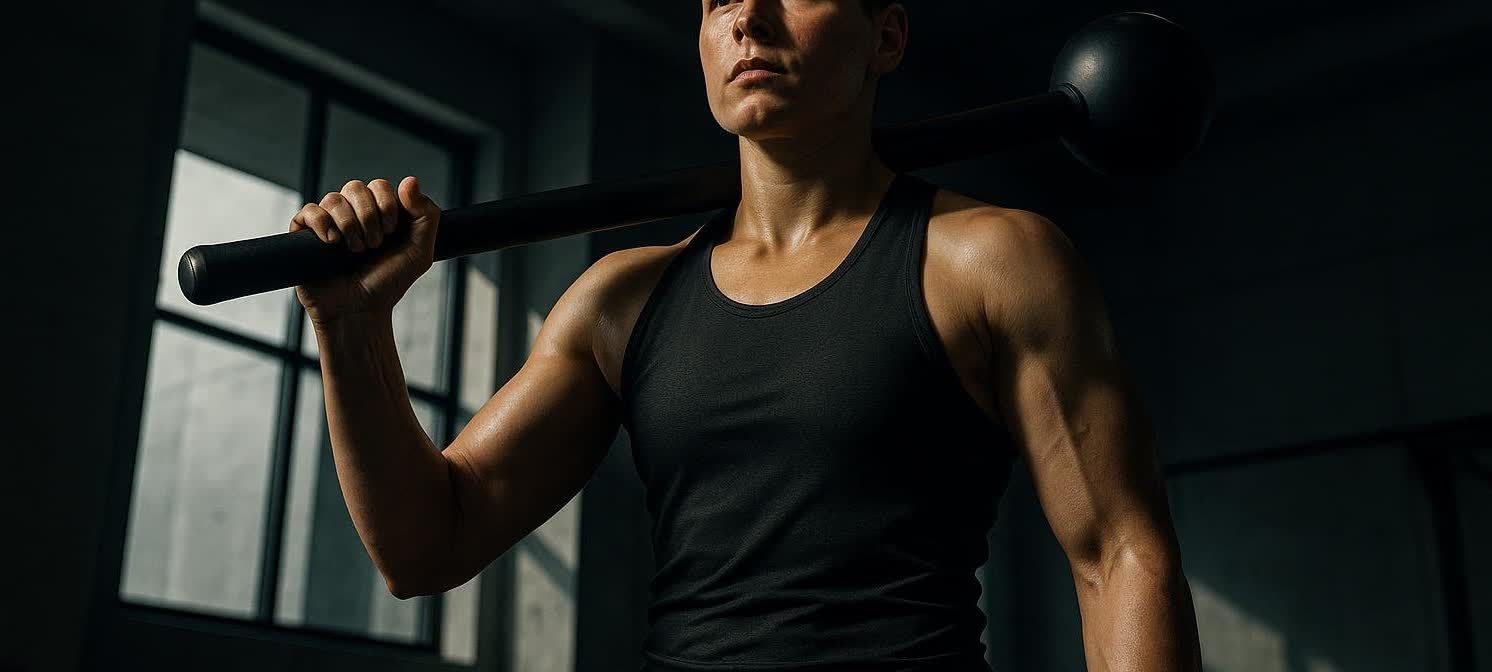
The Ultimate Beginner’s Guide to Steel Mace Training
Build functional strength, improve shoulder stability, and spice up your workouts—one swing at a time.
The Rise of the Steel Mace
The steel mace—a modern evolution of an ancient warrior training tool—has surged in popularity across gyms and online fitness communities. Its heavy, offset head turns every repetition into a lesson in leverage, challenging stabilizer muscles that conventional equipment often overlooks. Research highlighted by Onnit notes that a California State University study found core and oblique activation was substantially higher when the mace head was positioned opposite the working side.
The mace is an excellent complement to traditional strength or endurance work because it fills the rotational and anti-rotational gaps many conventional workouts miss.
Quick-Look Benefits
| Benefit | Why It Matters |
|---|---|
| 360-degree core activation | Offset load forces constant trunk engagement, translating to better posture and injury resilience. |
| Shoulder mobility & stability | Halo and 360 swings create gentle traction in the shoulder joint while teaching controlled deceleration. |
| Grip strength | Hands must control an unbalanced lever on every rep—critical for deadlifts, kettlebell swings, and overall functional capacity. |
| Rotational power | Ideal for athletes who punch, throw, swing, or sprawl. |
| Conditioning & calorie burn | Flow sequences keep the heart rate elevated without pounding your joints. |
| Engaging & dynamic movement | Novel implements keep workouts mentally stimulating, supporting long-term adherence. |
Choosing Your First Mace
Most beginners overestimate how heavy they should start. Remember: 10 pounds can feel far heavier when it's positioned at the end of a long lever.
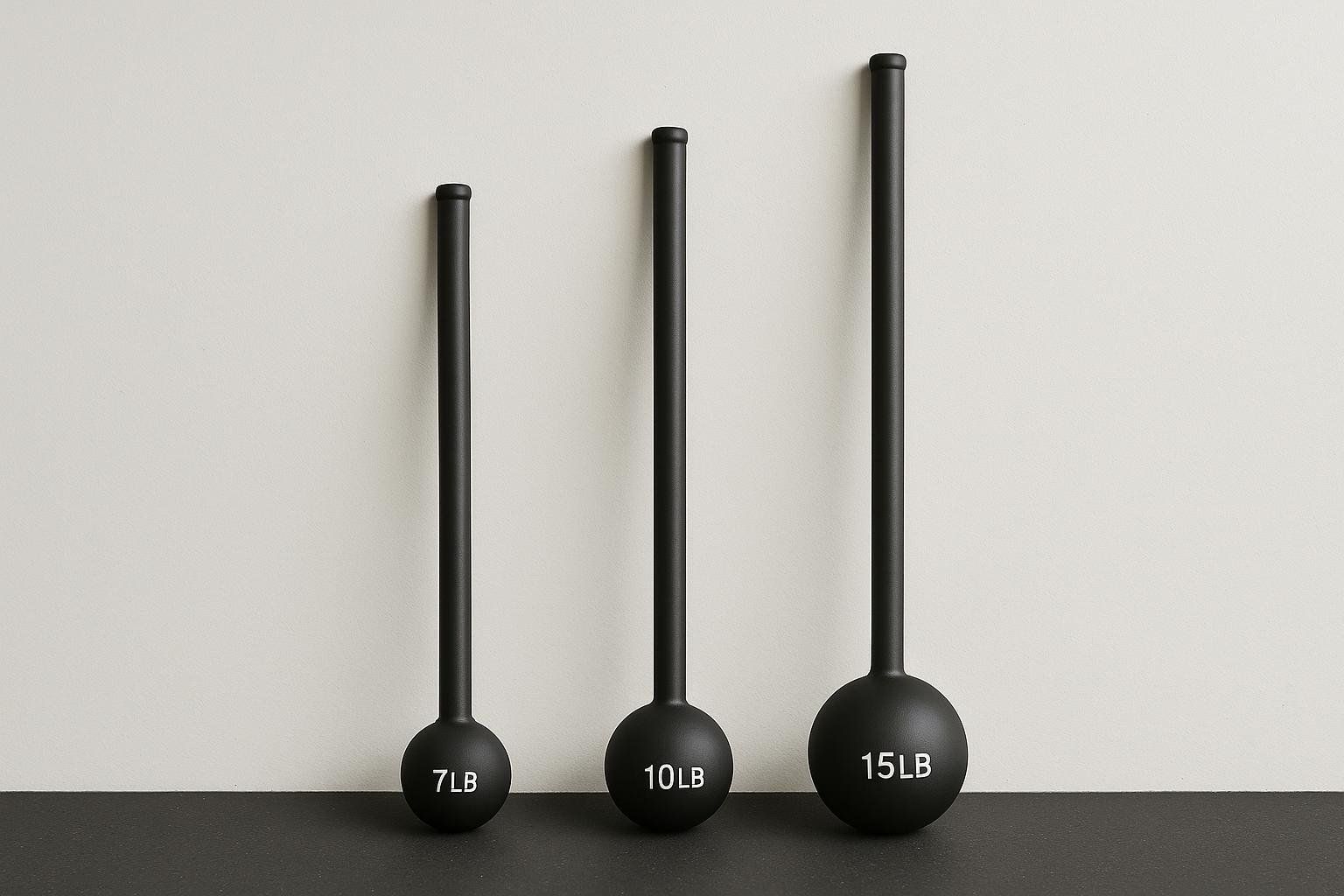
General Starting Weight Guidelines
A light-to-moderate mace—typically 7–15 lb—allows you to learn control without overwhelming your joints or grip.
If you’re under 150 lb bodyweight, rehabbing an injury, or brand new to resistance training, err on the lighter side; you can always choke up on the handle to shorten the lever and reduce load.
Pro tip: Grab two sizes so you can drill technique with the lighter mace and load up strong patterns with the heavier one (as recommended in this beginner's steel mace training guide).
Foundational Exercises (Master These First)
Expert Tip: Master these foundational movements to build a safe and effective practice before attempting complex flows.
1. Mace 360 Swing
- Stance: Stand tall with feet hip-width, knees softly bent, glutes engaged.
- Grip: Hands stacked just below the halfway point; top hand near the head, bottom hand near the tail.
- Initiate: Draw elbows in, pull the mace diagonally across your chest, and allow the head to drop behind your left shoulder.
- Swing: Let the mace head travel in a full circle behind your head like a pendulum—keep core braced, elbows close, and eyes forward.
- Finish: As the head clears the opposite shoulder, drive the bottom hand forward to return to the start. Repeat in the opposite direction.
2. Switch Curl
- Stance: Feet shoulder-width, torso upright, elbows tucked.
- Start Position: Hold the mace vertically in front of your sternum (guard), head pointing up.
- Movement: Curl the handle toward your face while simultaneously sliding the bottom hand up and the top hand down, switching their positions.
- Core Cue: Keep shoulders level; avoid letting the mace pull you sideways.
- Reset: Reverse the hand exchange smoothly and repeat.
3. Uppercut
- Stance: Split stance—one foot slightly back for balance; hips square.
- Grip: Both hands toward the tail so the head sits near the front hip.
- Rotate: Drive through your back foot, rotate hips and torso, and “punch” the mace head up diagonally across the body.
- Brake: Decelerate under control; resist the head’s momentum with your core.
- Alternate: Return to start, switch lead leg, and repeat to the other side.
4. Offset Front Squat
- Rack: Rest the mace head on one shoulder; bottom hand near the hip, top hand chest-high for stability.
- Brace: Draw ribs down and squeeze glutes—this prevents side-bending.
- Descend: Break at hips and knees simultaneously until thighs are at least parallel.
- Drive Up: Press evenly through both feet while maintaining a level pelvis.
- Switch: Rack the head on the opposite shoulder each set to avoid imbalances.
Four-Week Progression Roadmap
| Week | Focus | Prescription |
|---|---|---|
| 1 | Technique | 10-min daily practice of 360s + Switch Curls, 3×15 reps each |
| 2 | Volume | Add Uppercuts & Offset Front Squats, 4 rounds of 8 reps per side |
| 3 | Flow intro | Link 360 → Switch Curl → Uppercut → Offset Front Squat for 30-sec rounds, 5 sets |
| 4 | Load | Move up one weight class for 360s; maintain flow with lighter mace |
Track changes in grip endurance and trunk control. Pro tip: pair this cycle with a before-and-after DEXA scan to see how new stimulus affects lean mass distribution.
Sample 20-Minute Workout (After Week 2)
- Warm-Up: PVC pass-throughs + cat-cows (3 min)
- Skill Block – 360 practice, 3×10/side (light mace)
- Strength Circuit – repeat 4 rounds
- Switch Curl × 8/side (moderate mace)
- Offset Front Squat × 6/side
- Uppercut × 8/side
- Optional Finisher (After Week 4) – 2-minute alternating 360s at a steady pace
- Cool-Down: Shoulder CARs + deep breathing (3 min)
Integrating Mace Training With Your Existing Program
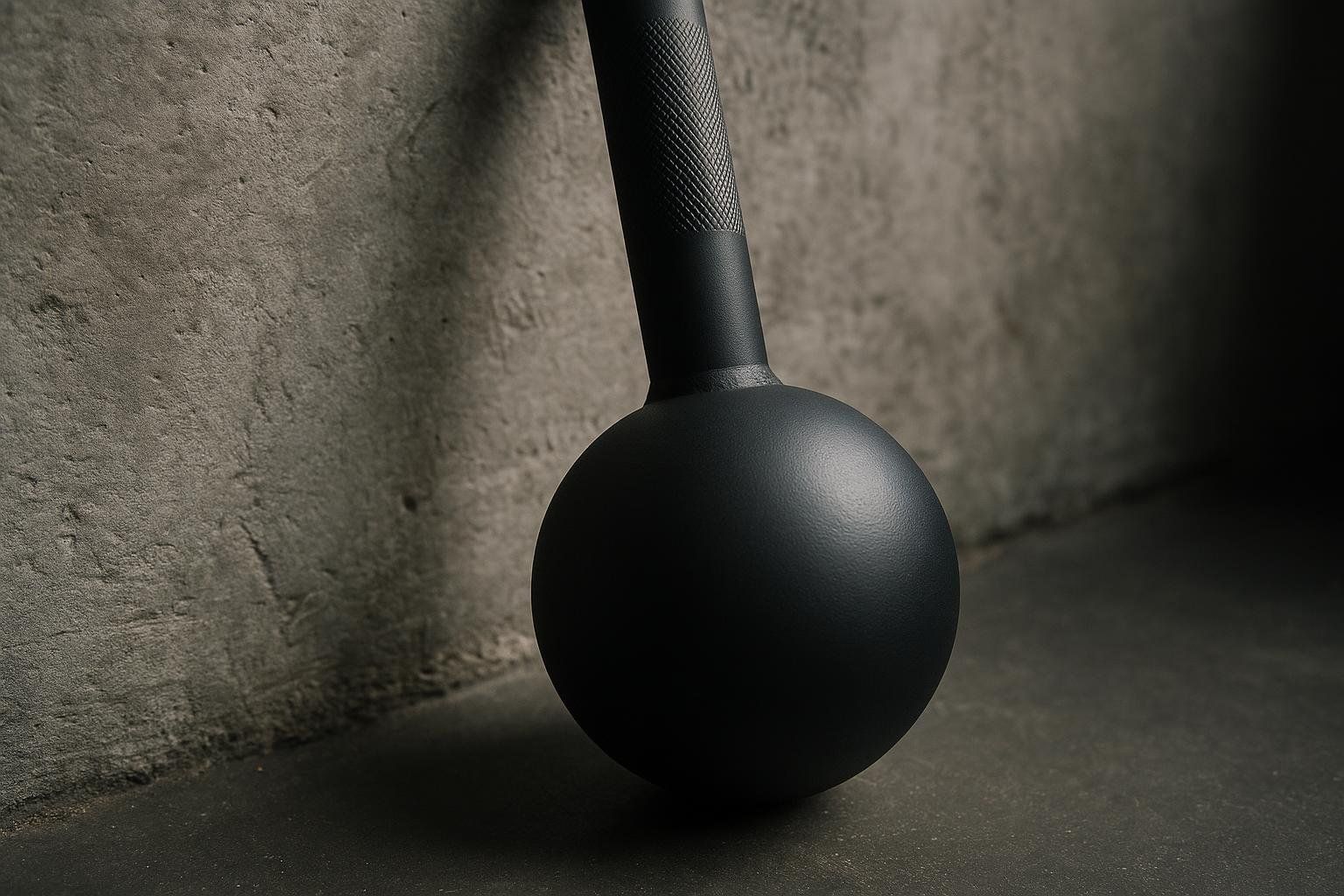
| Goal | How to Plug It In |
|---|---|
| Power athlete (BJJ, boxing) | Replace one accessory day with 30 min of rotational mace work. |
| Hypertrophy seeker | Use heavy Offset Front Squats & Uppercuts for unilateral overload after compound lifts. |
| Mobility focus | Light 360s between laptop sessions can help counteract stiffness from prolonged sitting. |
| Fat-loss block | 10-minute flows as cardio finishers 3×/week. |
For a deeper dive on trunk stability work, check out our guide on how to build core strength.
Tracking Results the Data-Driven Way
Feeling “more stable” is great, but objective data accelerates progress. A BodySpec DEXA scan can:
- Quantify lean mass changes in arms, legs, and trunk.
- Detect shifts in visceral vs. subcutaneous fat as you swap treadmill time for mace flows.
- Provide bone density baselines—key if you’re slinging heavy iron and crave longevity.
Book a scan before you start this program and again after eight weeks to see exactly how mace training remaps your physique.
Safety & Common Mistakes
- Going too heavy, too soon. Start light; torque is unforgiving.
- Leaning back during 360s. Keep ribs stacked over pelvis.
- White-knuckle grip. Squeeze just enough; excess tension kills flow.
- Neglecting the non-dominant side. Alternate every set.
- Skipping a warm-up. Shoulders need synovial fluid, not heroics.
Need mobility ideas? Borrow drills from our office-friendly mobility routine.
Frequently Asked Questions
Is mace training good for beginners?
Yes—provided you start with an appropriate weight (7–10 lb) and learn foundational grips first.
Can it replace my barbell lifts?
Treat it as a complement. Barbells excel at maximal tension; maces shine in multi-planar control.
How often should I train?
2–3 sessions per week is plenty for adaptation without overuse.
Will it build muscle or just mobility?
Both. Offset loading creates unique hypertrophy stimulus in forearms, lats, and obliques while keeping joints happy.
Ready to Swing?
Steel mace training offers a potent mix of strength, mobility, and dynamic conditioning. Start light, stay consistent, measure progress with BodySpec, and you’ll soon wield this “ancient” tool like a modern pro.
